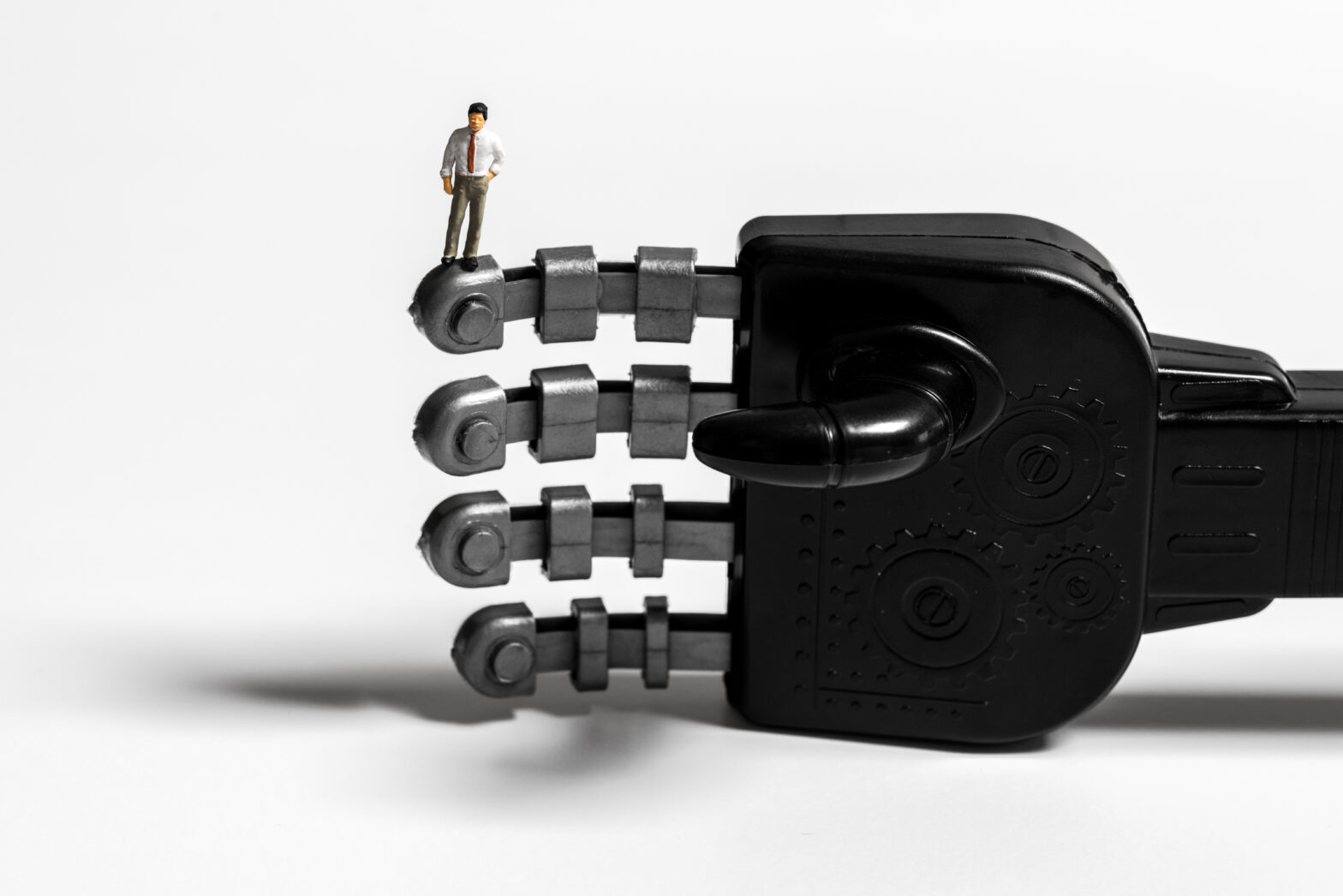Since the start of the year, Starbucks, O2 and EDF Energy are just a few of the household brands that have introduced Artificial intelligence (AI) projects. The adoption of AI is growing at a phenomenal rate and is set to change everything about our lives, including the way we learn, consume and especially the way people work.
Recent research found that 87% of workers believe AI will alter their job within three years. Yet managing the transition to a workplace where AI is seamlessly integrated remains a significant challenge for many companies.
>See also: Artificial intelligence is transforming the enterprise
Issues such as the growing AI skills crisis, a lack of experience in managing AI projects, and harmonising humans to work alongside intelligent machines, all need to be tackled in order to successfully pivot towards an AI-friendly environment.
Building the team
Currently, the number one issue slowing the development of AI is a lack of qualified staff. Last year, adverts on Jobsite related to AI or machine learning rose by a staggering by 30%.
Importantly, the battle for AI engineering talent isn’t just confined to tech companies like Google and Facebook – as AI spreads, every industry will need people capable of developing and working with AI. As with many hot new technologies, AI specialists are all too rare and finding people with the right skills can be difficult.
In order to make sure they have enough in-house knowledge, firms must look internally and focus on upskilling their existing staff. Doing so not only alleviates the skills shortage, but also allows more staff to get comfortable working with AI systems, reducing the potential for job displacement down the line. At some point, all employees will need to be AI-proficient.
For now, when looking at potential employees to invest in, the key attributes should include anyone with a background in data, analytics or statistics. These foundations are crucial to working with AI systems.
>See also: What are the business benefits of artificial intelligence?
Up-skilled employees from these backgrounds can start to handle areas such as the design of agile data structures or modelling the type of real-world uncertainties that AI algorithms face every day.
Investing in upskilling existing staff to become comfortable with the basics of AI also allows companies to focus their hiring resources. This allows them to concentrate on filling more specialised roles – either through permanent hires or bringing in external consultants that can rapidly ramp up expertise or provide on-demand advice.
In addition, by accepting from the outset that employees will need significant training, companies are more likely to emphasise cultural fit and adaptability, instead of technical skill, which can help to reduce employee churn.
Let’s get down to business
However, assembling the right team is only half the battle. Given that AI projects are still in their infancy, there is scope for significant misunderstanding when rolling out a new initiative.
Therefore it’s crucial that at the start of any new AI project, a consulting team comprised of both business domain and data science experts is established.
By assessing the business requirements, technical challenges and desired outcomes for all stakeholders, this consulting group can ensure projects stay on track and that engineers deploy the right level of automation for the task in question.
>See also: The value of artificial intelligence in business
This is critically important during the early stages of AI adoption. As the technology matures and begins to rely more on open source frameworks and platforms, companies will have to do much less coding from scratch.
However, until this is the case, it’s much better to take time at the start of the project to ensure resources aren’t wasted or misdirected. For this reason, many firms start AI projects with a small team and let them evolve and scale up, rather than try to introduce AI to the whole company all at once.
Automatic for the people
Once AI projects have been successfully trialled among a small group, the broader roll-out needs to be managed. As AI becomes more sophisticated and integrated into daily life, executives will need to assess where to place human employees so they can be most effective, what tasks are better left to machines, and which can be done most efficiently by combining the two.
As an example, think of how AI could alter project management. One option is to introduce an AI platform that functions as Project Coordinator, performing day-to-day administrative tasks and freeing employees to focus on more creative ideas.
>See also: The role of artificial intelligence in cyber security
Alternatively, companies might prefer to retain a skilled Project Manager to oversee the project as a whole; merely using AI as an assistant to automate simple tasks and provide recommendations as it develops an understanding of project performance.
These are the sorts of possibilities that AI can provide, but only if companies have employees with sufficient technical skills and the right corporate culture.
The introduction of AI is an ongoing process and many departments may not be affected for a few years, but it is inevitable that they will be at some point in the future. Therefore, executives need to think about how to make the pivot towards AI or risk getting left behind to more digitally-savvy competitors.
Sourced from Frank Palermo, global head of Digital Solutions at Virtusa










